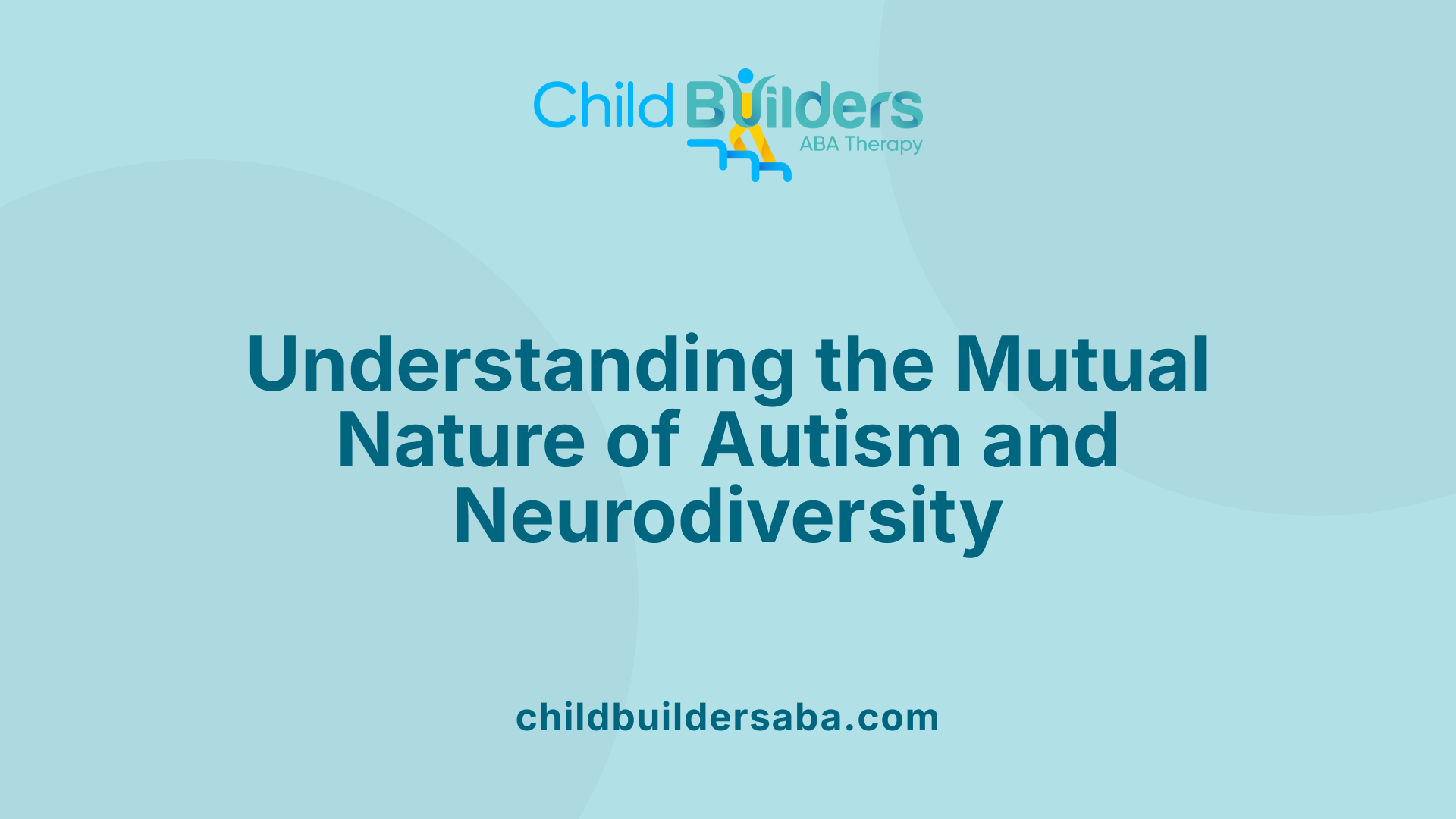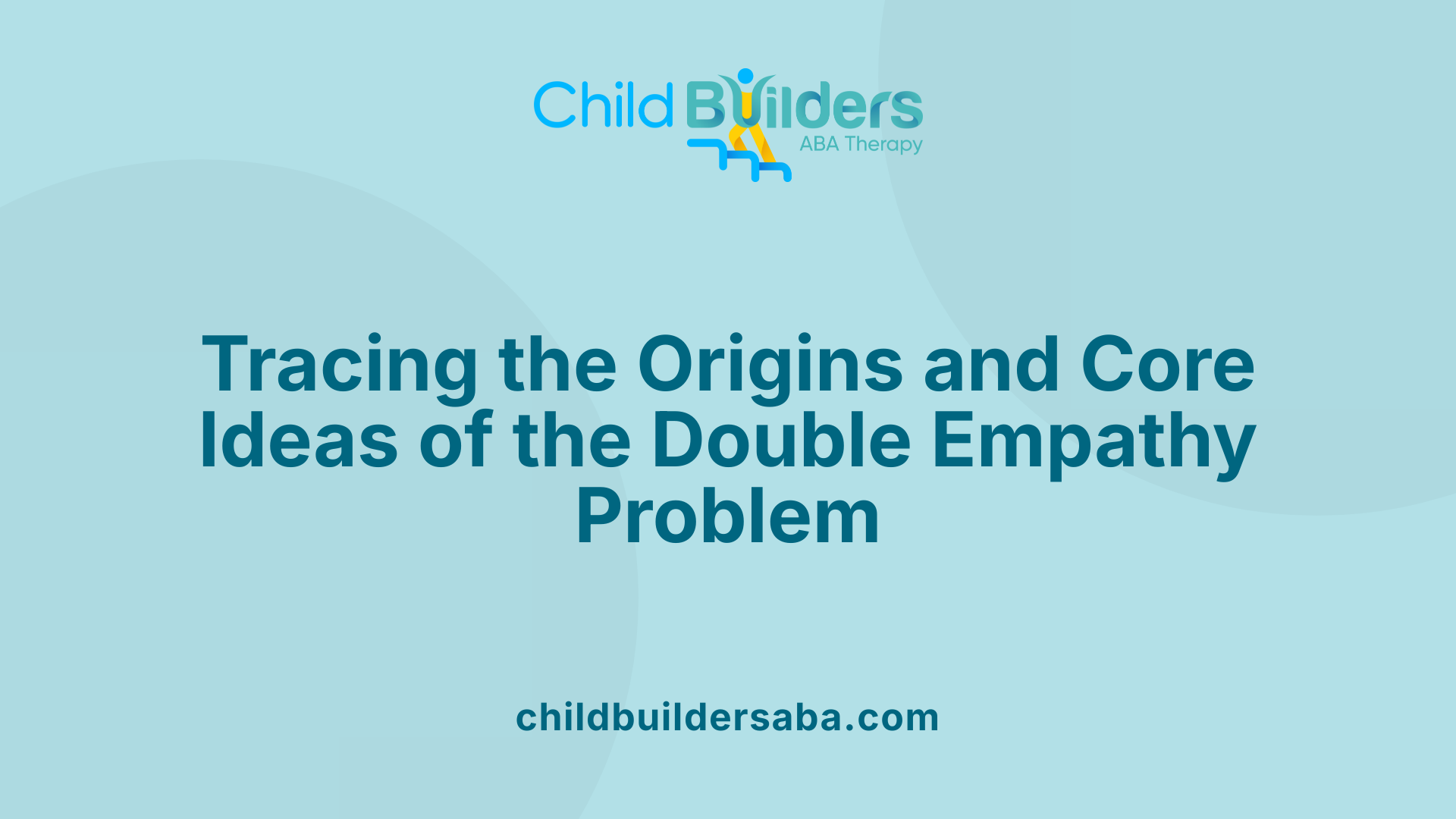The Double Empathy Problem In Autism

Understanding the Double Empathy Problem in Autism
The Double Empathy Problem offers a groundbreaking perspective on social communication differences between autistic and non-autistic people, emphasizing mutual misunderstandings rather than deficits. Coined by Damian Milton in 2012, this theory challenges traditional views like the 'Theory of Mind' and advocates for a shift toward reciprocal understanding and societal acceptance. This article explores the foundations, research, implications, and practical approaches associated with the Double Empathy Problem, aiming to foster more inclusive and respectful interactions.
Introduction to the Double Empathy Problem

What is the Double Empathy Problem in autism?
The Double Empathy Problem (DEP) is a concept that explains mutual misunderstandings between autistic and non-autistic people. It highlights that difficulties in social interaction are not caused solely by autistic characteristics but result from a two-way disconnect. Research shows that non-autistic individuals often struggle to interpret autistic people’s emotions and social cues, which can lead to misconceptions and negative perceptions. Conversely, autistic individuals also find it challenging to understand neurotypical social expectations.
Theory emphasizes that empathy and understanding are diverse within the autistic community. Some autistic people experience heightened empathy, while others find social interactions effortful. Stereotypes that claim autistic people lack empathy are misleading; in reality, the issue is about differences in communication and perception.
Addressing this problem involves fostering mutual understanding, promoting societal acceptance of neurodiversity, and rethinking intervention strategies. It encourages a shift towards supporting authentic, respectful interactions, rather than trying to 'normalize' autistic behavior.
Development, Core Concepts, and Historical Context of the Double Empathy Problem

Origins of the concept and its development
The Double Empathy Problem was first introduced in 2012 by Damian Milton. It emerged from a desire to challenge traditional notions of autism being solely about social deficits. Milton’s work, influenced by sociology, philosophy, and autism research, sought to reframe social difficulties as mutual and relational rather than one-sided. This concept gained traction through empirical studies, qualitative research, and real-life observations showing that autistic individuals often communicate better with peers on the spectrum.
Over the years, additional research and scholarly discussions have supported the idea that social misunderstandings are reciprocal. Studies have demonstrated that when autistic pairs interact, they often communicate effectively, contrasting sharply with interactions between autistic and non-autistic individuals, which tend to produce misunderstandings and awkwardness. The concept has influenced autism advocacy, prompting a shift from purely deficit-based models toward neurodiversity and mutual understanding.
Core ideas of mutual understanding and reciprocity
At its heart, the Double Empathy Problem emphasizes that social interaction challenges are bidirectional. It recognizes that both autistic and non-autistic people have different ways of perceiving and expressing social cues. These differences can lead to mutual misunderstandings, with neither side being solely responsible.
This approach promotes the idea that respect for varied communication styles is essential. It encourages adaptation, openness, and patience from both groups to foster authentic connections. Importantly, the theory underscores that being on the spectrum does not imply a lack of empathy; rather, empathy manifests differently across individuals and groups.
The concept also highlights that autistic individuals often make significant efforts to understand non-autistic society, which are frequently unreciprocated or misunderstood. This dynamic can reinforce social exclusion and stigma unless addressed through mutual learning and acceptance.
Influence of sociology, philosophy, and autism research
The development of the Double Empathy Problem has been significantly shaped by disciplines beyond psychology. Sociology and philosophy have provided insights into how social identities, power dynamics, and cultural norms impact communication.
In sociology, the focus on social interaction as a negotiated process aligns with the idea that mutual understanding is built over time through reciprocal effort. Philosophy has contributed perspectives on relationality and the importance of respecting diverse lived experiences.
In autism research, the concept challenges outdated models like the 'Theory of Mind', which wrongly suggests autistic people lack empathy or understanding. Instead, research now demonstrates that social difficulties are more about mismatch effects—differences in ways of thinking, perceiving, and expressing—rather than deficits.
The influence of these interdisciplinary perspectives has helped promote a more inclusive, respectful view of autism. This shift encourages support and interventions that empower autistic individuals to develop social skills within a framework of mutual understanding and acceptance, fostering better relationships across neurotypes.
| Origin & Development | Core Ideas | Influences & Impact |
|---|---|---|
| First coined by Damian Milton in 2012 | Mutual, reciprocal misunderstandings in social interaction | Sociology: social negotiation, power dynamics |
| Based on empirical studies and real-life interactions | Communication styles differ, not a deficit | Philosophy: relationality, respect for diversity |
| Supported by recent research and autism advocacy | Empathy is diverse and context-dependent | Autism research: challenges to 'Theory of Mind' |
| Evolution of understanding across disciplines | Emphasizes relational and mutual understanding | Promotes neurodiversity, acceptance, and supportive practices |
Shifting Perspectives for a More Inclusive Future
Understanding the Double Empathy Problem encourages a paradigm shift in how society perceives and supports autistic individuals. It underscores the importance of mutual understanding, respect, and the recognition of autism as a developmental difference rather than a deficit. Moving away from stereotypical notions of social impairment, this approach advocates for inclusive communication strategies, neuro-affirmative practices, and environments that foster genuine connection. Such perspectives hold the potential to reduce stigma, improve social integration, and enhance wellbeing for autistic individuals, fostering a future rooted in empathy, diversity, and mutual respect.
References
- The double empathy problem - National Autistic Society
- Milton's 'double Empathy Problem': A Summary for Non-academics
- Double empathy problem - Wikipedia
- Do you feel me? Autism, empathic accuracy and the double ...
- Double empathy, explained | The Transmitter
- The Double Empathy Problem: Autistic Communication Is Not a Deficit
- Autism and the double empathy problem: Implications for ...





.jpg)































































































